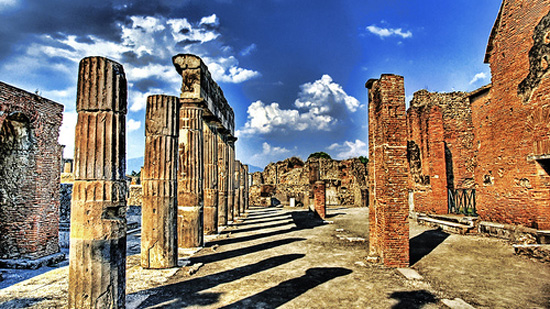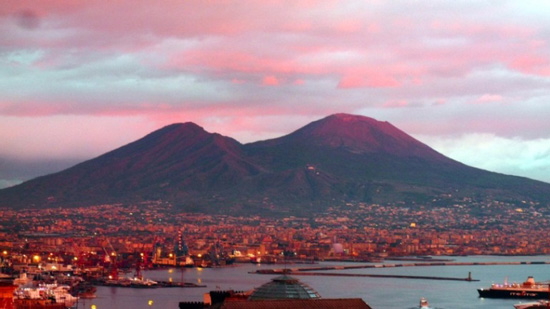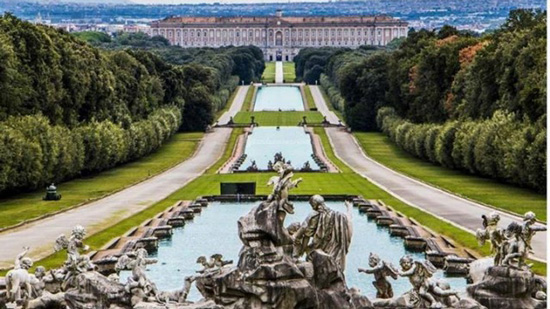Known as “the little Versailles”, the Caserta Palace is famous for its spectacular gardens, its huge rooms filled with superb paintings and original furniture pieces of the period.
The complex began life in 1752 after Charles VII ordered a palace to rival Versailles.
Neapolitan Luigi Vanvitelli was commissioned for the job and built a palace bigger than its French rival.
With its 1200 rooms, 1790 windows, 34 staircases and 250m-long facade, it was reputedly the largest building in 18th-century Europe.
The rooms dedicated to the four seasons are also very suggestive.
An integral aspect that shows the majesty and beauty of the Royal Palace is its wonderful Park.
It is a typical example of an Italian garden: wide lawns, squared flowerbeds and, above all, a triumph of water games (dancing water fountains).
Along the central axis, basins, fountains and waterfalls, decorated with large sculptural groups, pass one after another. The result is a spectacular effect of great impact that reaches its peak with the Great Waterfall.
Then, the English Garden opens itself up to its beholder’s eye – not as symmetrical as its Italian complement, requested by Maria Carolina d’ Austria and bursting with indigenous and exotic plants, including the wonderful Cedars of Lebanon.
Caserta Royal Palace is one of the UNESCOs sites.


